Wheat Yield, Quality, and Plant Heath Parameters from Starter Applications of MicroEssentials in Northwest Minnesota
Study author(s): Nancy Jo Ehlke, University of Minnesota – Department of Agronomy and Plant Genetics
Years of study: 2011
Location(s): Magnusson Research Farm in Lake of the Woods County, Minnesota
Important: for the complete report, including all tables and figures, please download using the link(s) to the right.
summary
Spring wheat is a major crop for farmers in northwest Minnesota. Perennial ryegrass is a relatively new grass seed crop raised in northwest Minnesota. Production estimates indicate over 16,000 acres of perennial ryegrass will be harvested in 2011. The primary method of establishing perennial ryegrass is to under seed it with spring wheat. Seeding perennial ryegrass under wheat protects the plants during the winter by catching snow with the wheat stubble. However, perennial ryegrass seed yields in the subsequent year following wheat may be negatively impacted due to excessive plant growth and crop residue from the wheat crop. This project will evaluate spring wheat growth and development, yield, and seed quality parameters from in-furrow fertilizer treatments using new fertilizer technologies to improve profitability.
New formulations of phosphate fertilizers that increase phosphorous uptake by roots up to 30% have been developed (MicroEssentials – The Mosaic Company). An increase in phosphate uptake by wheat is theorized to improve plant growth and development which may lead to increased wheat yields, improved quality, and ultimately profitability. A new formulation of nitrogen called ESN is a time released coated urea product (Agrium Company). ESN can be applied broadcast or in furrow only at nitrogen rates up to three times the current safe rate of urea. The polymer coated, time released formulation supplies nitrogen to the crop throughout the entire growing season and reduces nitrogen loss through volatilization, denitrification, and leaching.
